- Show:
Showing all 3 results
If you work in a workshop or workplace where you often suffer from oil spillage, absorbent wipers can help you with cleanliness in such a scenario.
Oil spills can pollute the environment, by adding toxins to the air, may catch fire, or cause slippery surfaces leading to injuries. Absorbent wipers can help you wipe and remove the oil spillage so you can avoid all the potential hazards resulting from oil byproducts, dispersants, detergents and degreasers.
At Oil Spill Kit, we have been manufacturing all types of absorbent wipers for all surface types and providing oil-cleaning services for years. We prioritise having the most suitable wipers to make the cleaning job more convenient. You may check out our offerings to purchase one.
However, our team of professional cleaners are also readily available to coordinate the clean-up and alleviate the damage caused by the fuel spill.
Different Types of Absorbent Wipers
The wiper’s composition directly impacts its usage and durability and influences how long you can use it for cleaning. The following are the different types of wipers available for a wide range of cleaning and other purposes:
Airlaid Wipers:
Soft, porous, and bulky wipes that can be used to clean oil, grease, and liquid spills. You can use these at an affordable price and enjoy good absorption capacity and strength.
Spunlace Wipers:
Ideal for tough cleaning and are made with long-lasting and strong material for wet and dry situations. These solvent-resistant wipers can be used for scrubbing and multiple-times cleaning.
Scrim Wipers:
A low-lint, low-cost tissue paper with excellent strength for one-time cleaning of a wide range of materials like glass, metals, and stainless steel.
Wet-Laid Wipers:
An excellent single-time usable wiper, it can be used to wipe face and hands, made of highly absorbent and soft material.
Double Re-Creped Wipers:
The most popular general-purpose wipes with excellent strength and absorbency capability. One reason for their popularity is the cellulose-infused material that gives them a cloth-like feel.
Meltblown Wipers:
A well-engineered wiper to clean and absorb tough chemicals and oils with almost no lint on the surface. Although it feels soft, it is made of heavy-weight polypropylene material, resistive to corrosive liquids.
Microfiber Wipers:
With four times more absorbent area than cotton, these microfiber wipers are excellent for cleaning, removing oils, and polishing surfaces. It’s durable and can be laundered and reused.
Our Absorbent Wipers?
Suppose you have chosen the required absorbent wiper type to clean the oil spillage and mess at your work place. In such a case, you can purchase it from our website. The following are the absorbent wipers available on our website.
Quarter-Folded Sheets
The quarter-folded sheets are non-woven and are perfect for cleaning, excellent absorbent with non-lint material. These are the ideal choice if you want to quickly and easily wipe spills and contaminated areas.
- Dimensions: 2 x 22.5 cm x 400 sheets
- Application: General Purpose
- Weight: 5kg
Centre Feed Roll
The centre fee roll is a spilt centre-feed dual-ply paper roll in a dispenser box. It is perfect for quickly mopping the spills or wiping down contaminated sections.
- Dimensions: 20cm x 150m
- Application: General Purpose
- Weight: 4kg
Centre Feed J-Cloth Roll
The centre feed J-cloth roll comes in a dispenser box. It is an environmentally friendly wiper made of textured materials and has a perforated structure ideal for many situations.
- Dimensions: 20cm x 35cm
- Application: General Purpose
- Weight: 2kg
How Can You Use Our Absorbent Wipers?
Several types of absorbent wipers are on the market that can be used for several purposes and surfaces. The following are the different scenarios when you can use different types of wipers:
Wiping
Most of the time, deep cleaning starts with wiping the surfaces. Particular types of wipers are used to remove oil and pick up spills, grease, or fingerprints from surfaces. It’s suggested to use our inexpensive wipers with excellent absorbent capabilities for this process, with a significant cellulose amount.
Cleaning
Once you wipe the dust, oil, or adhesive materials from the surface, the next step is to start the cleaning process. Our wipers with dry capabilities or cleaning chemicals, along with great strength, are suggested for this phase so they won’t tear quickly. Go for the wipers on our website with strong and coarse fibre; avoid using low-quality wipes in this phase.
Surface Preparation
Suppose you’re going to paint the surface we just cleaned in the process. In such a case, the next phase is to prepare the surface for painting. This step primarily involved cleaning the lint or minor contaminants that may have previously been settled on the surface. It’s suggested to use microfiber or other synthetic fibre wipers with low lint content for this step.
Sanitisation
If you want to sanitise the surface, use the wiper with sanitisation chemicals. You must avoid those with less-wet strength, laundered wipers, and anything containing contaminants or lint.
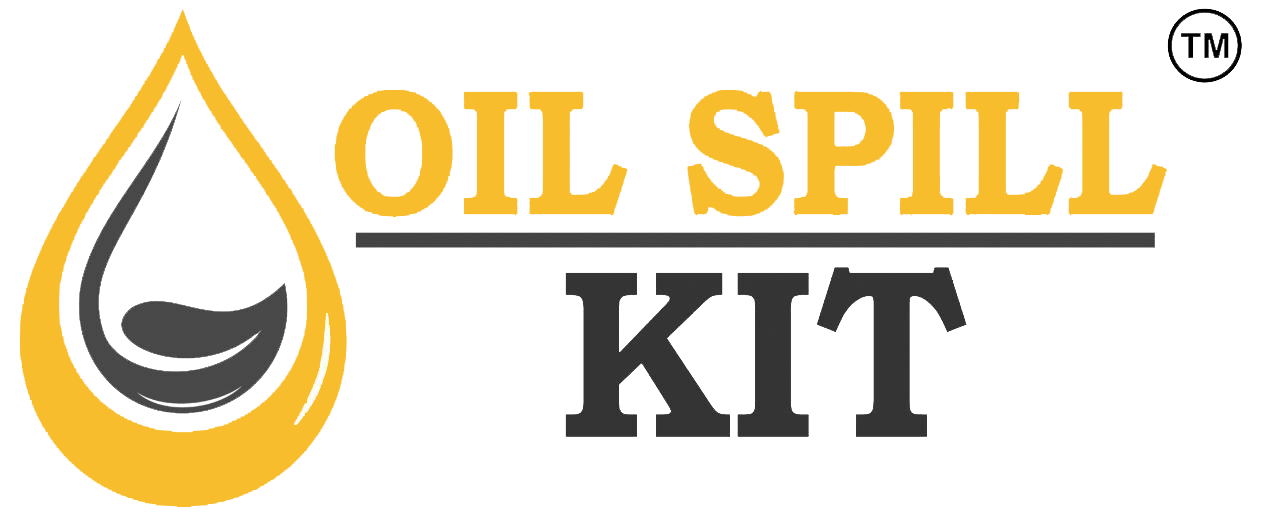
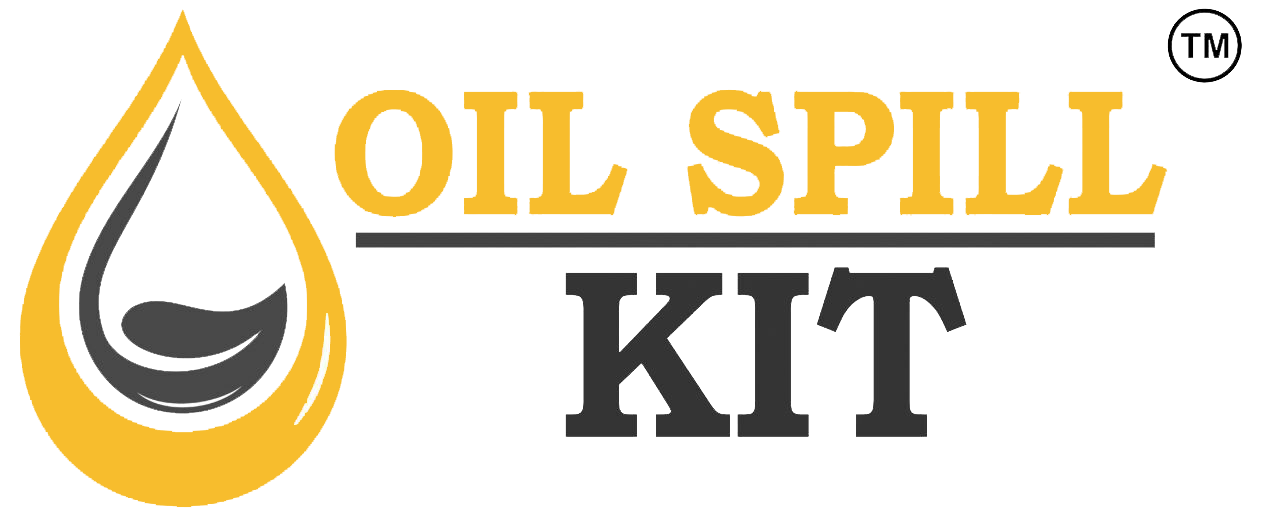
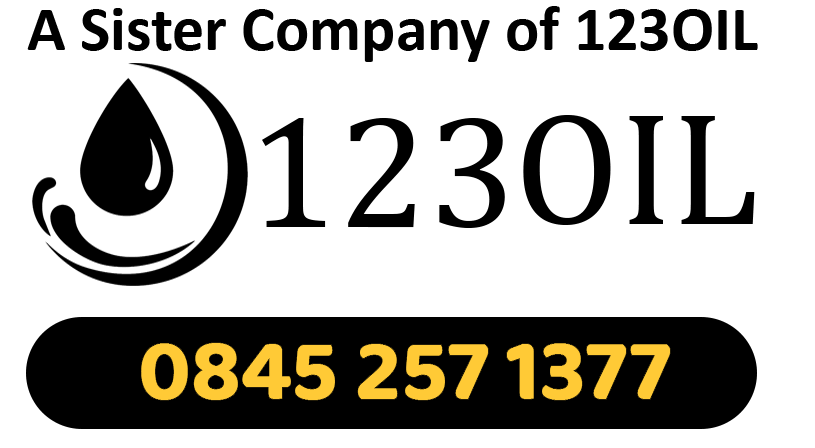


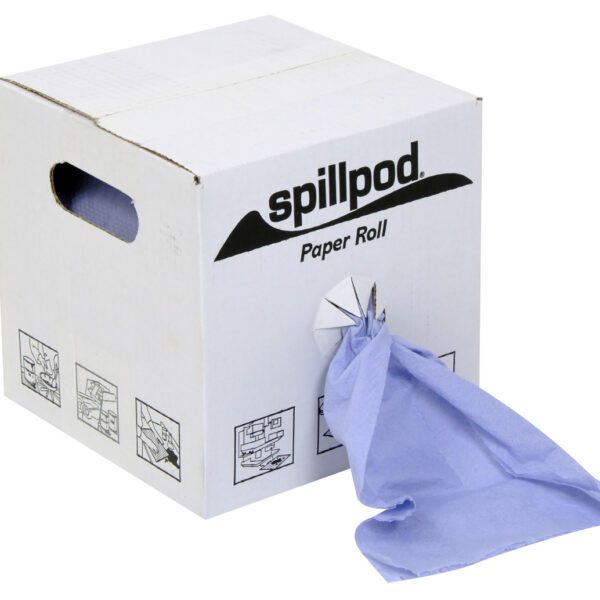

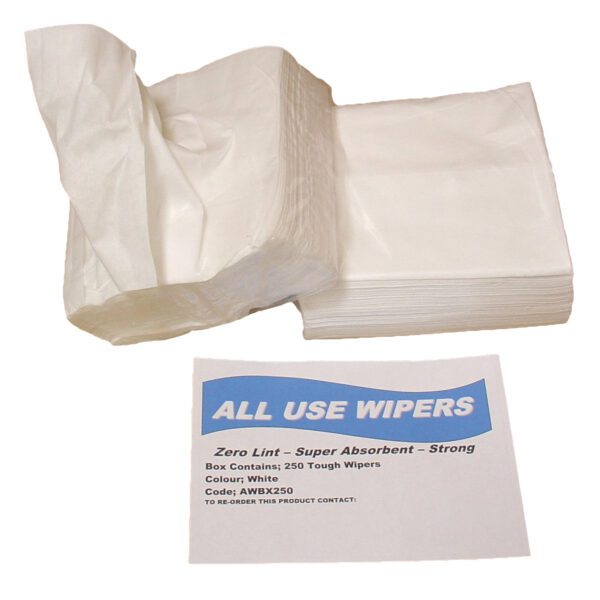

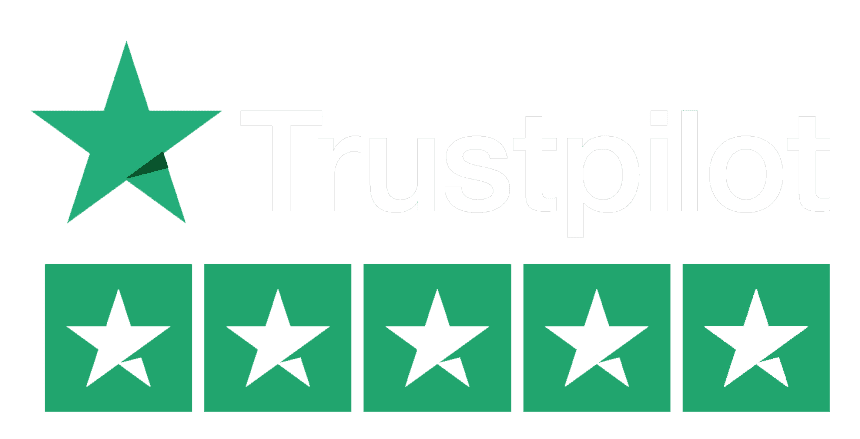


 Home
Home  Checkout
Checkout